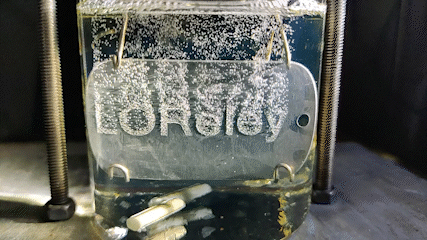Highly efficient H2-release in LOHC reactors using planar catalyst modules

Hydrogenation and dehydrogenation are strongly exo- or endothermic reactions that are catalyzed by precious metals. As a consequence, a high number of active precious metal centres increases the economic efficiency of the process drastically. In addition, reactors for efficient heat transport are required, which can handle a location-dependent ratio of gas and liquid volume. Therefore, the LOReley project focusses on the development of a novel reactor concept, which makes use of laser structured surfaces. This should enable the modification of a simple plate heat exchanger into a compact, lightweight and power-tight chemical reactor. The research interests and our competences lie in the conceptual design and the characterization of the novel reactor in the analytical investigation and optimization of the catalyst layers.
The joint project is funded by BMWi research funding of the Federal German Government, for a period of 36 months. Cooperations and associated partnerships with the research institutes Fraunhofer Heinrich Hertz Institute and Clausthal University of Technology, as well as the companies Hydrogenious LOHC Technologies GmbH, AMPHOS GmbH, MIOPAS GmbH and Kelvion PHE GmbH, are included.